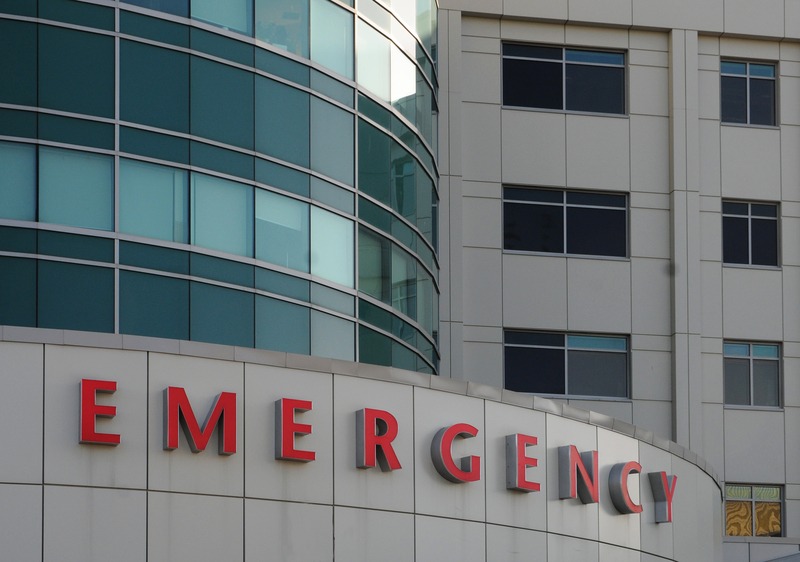Did you know that 150 million people in the U.S. go to the Emergency Department every year? That's half the population of the country.
But contrary to popular belief, that number hasn't really increased since the Affordable Care Act took hold. Emergency Department admission rates have gone up just 5% the past few years.
These are just a few of the things I learned at The Center for Health Design's Pebble-in-Practice Workshop on Emergency Department design last week. Produced in partnership with the American College of Emergency Physicians with sponsorship by HKS, the line-up of speakers was impressive.
Here's a few more things the ED experts had to say that are impacting design:
- Use of CT scanners is down in emergency departments. MRIs and ultra sounds are up.
- Freestanding emergency departments, urgent care clinics, and retail clinics are HOT.
- Volume changes are driving some of the emergency department design and renovation needs, but flow is driving most of them.
- Behavioral health patients are a burden on many emergency departments. Expect this to change in next three years as more psychiatric virtual care centers emerge.
- Technology like Amazon Echo will evolve to allow interaction with physicians, hospitalists. Children's Hospital in Boston is already using it.
- A bigger Emergency Department doesn't fix flow problems. Parkland Hospital in Dallas found this out after it opened its 154 treatment room ED last year.
- Making spaces warm and friendly can compromise security. Because staff may let their guard down.
- Split flow Emergency Design, considered by many to be the best solution today, doesn't always work. Flex space is the new trend.
- Internal waiting rooms for fast track patients eliminate the "they got a table before me" syndrome.
- Putting public parking under the critical infrastructure of your hospital is not a good idea.
- Don't design separate areas, like Geriatric Emergency Departments, for one specific purpose. Incorporate the same design features throughout.
- Identify the storage you need in the planning stage and stick to your guns.
- No healthcare organization is going to be successful in the future if people have to go find things.
Boldly Go Where No One Else Has Gone Before
I don't expect emergency department design to radically change in the next 5-10 years. Maybe even 20 years. But a couple of the workshop speakers shared some intriguing ideas.
Jim Lennon of HKS told us about Craig Venter's work on biological teleportation -- the idea of getting DNA sequences over the internet to synthesize proteins, viruses, and even living cells. You could fill a prescription for insulin, for example. Or get a flu vaccine.
"This is already happening," Lennon said.
Also, diagnostic devices that work with smart phones will also replace some of the equipment used in EDs. "Does the doctor wear them around his belt? Pick them off a cart?" Lennon asked.
What does all this mean for future of emergency department design? John Huddy of Huddy HealthCare Solutions shared his "ED Vision 2080," where human interaction leads and technology supports.
His video simulation of a future ED is a fascinating look into what the future might hold -- like signage tied to your retina code with text specific to only you. Or a "blob bed" that morphs into an exam table. Smart pods that allow you to experience rejuvenating therapies before you go home. And lots more.
(Huddy recently published the second edition of his book, Emergency Department Design: A Practical Guide to Planning for the Future.)
If you missed the ED Workshop this year, don't despair. The Center for Health Design will probably offer it again next year.
P.S. Please do me a favor -- if you liked this post and like this blog, please share it with others by sending them the link and/or post it on your Twitter, LinkedIn, or Facebook, etc. Also, don't forget to subscribe, so you'll get emails when new content is posted. Thanks!








